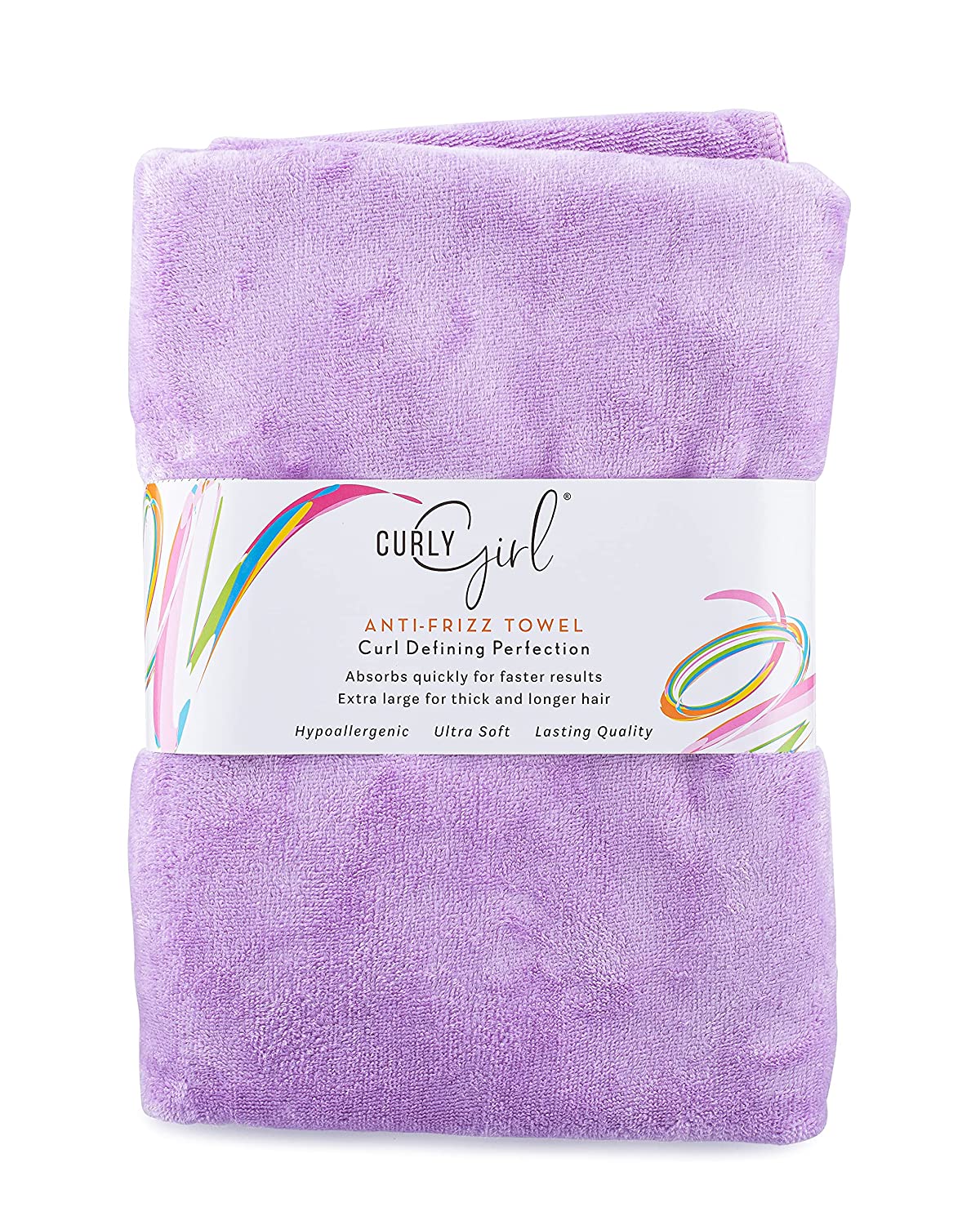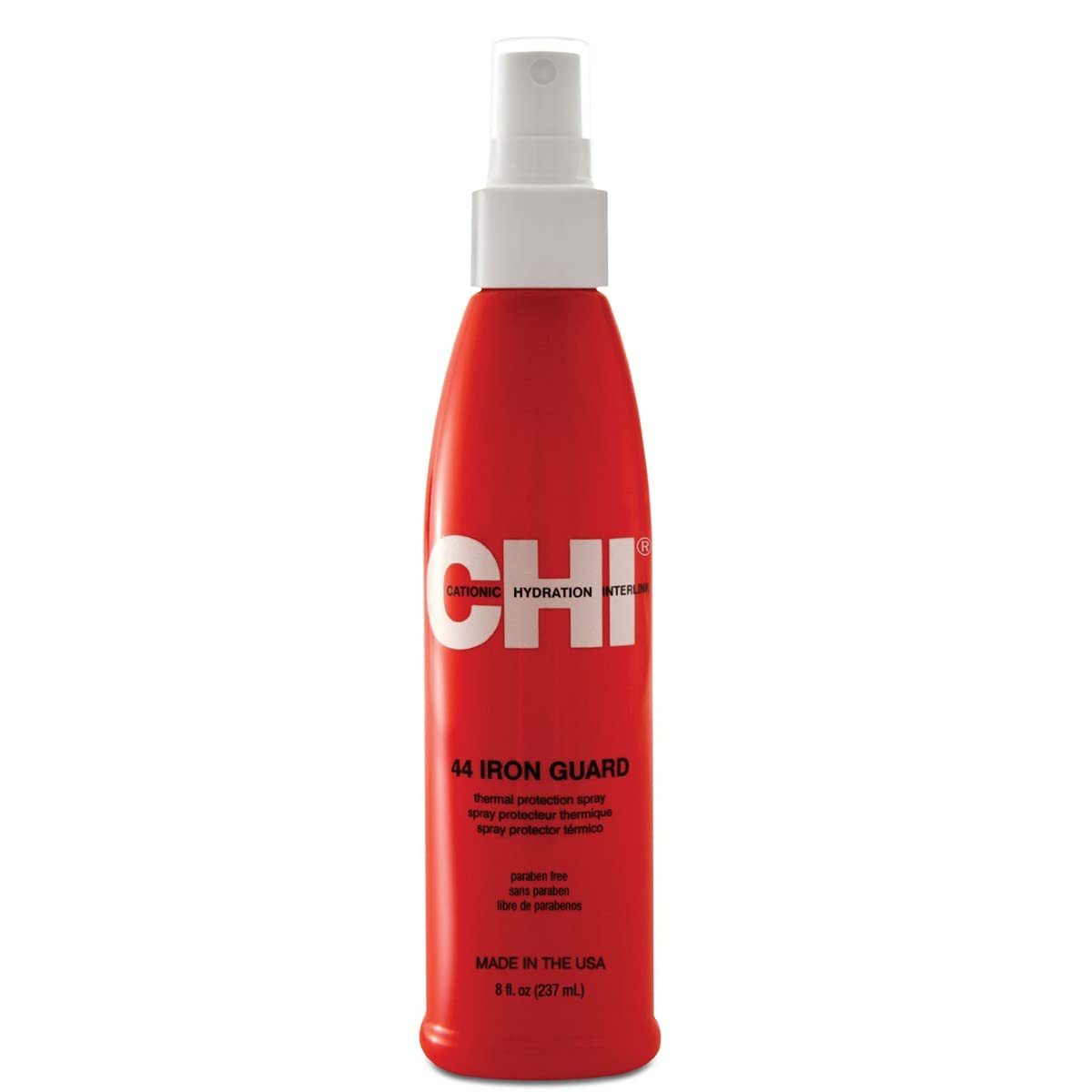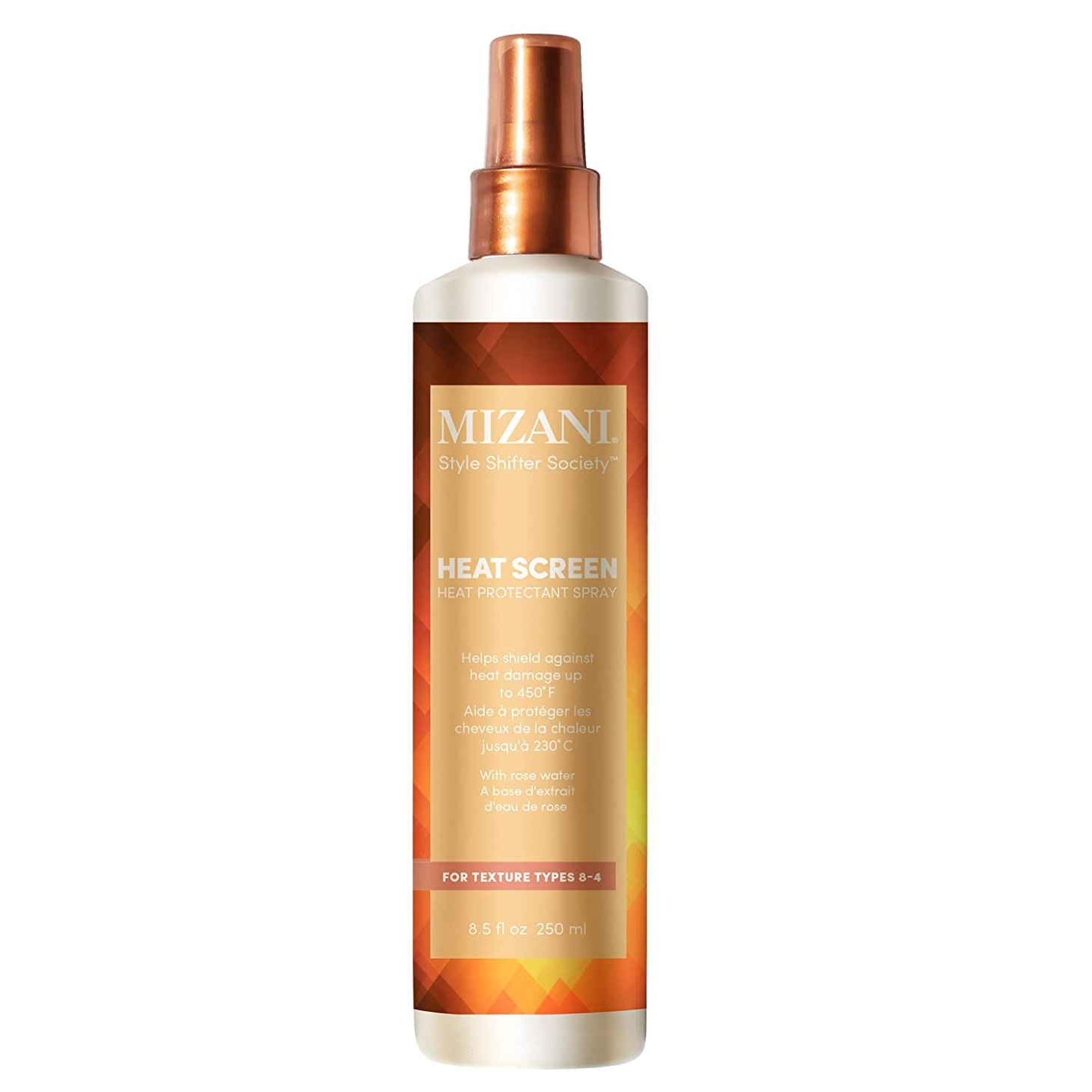Pros Say Blow-Drying Your Hair Causes Less Damage Than Air Drying—But Only if You Do It Like This
"There has also been some research that showed that slowly air-drying hair breaks some of the cellular structures within the hair, causing additional structural damage," says Dr. Burg. "To minimize the damage to hair the science tells us we need to reduce the time that the hair is wet and saturated with water. The fastest way to do this is to add heat to help the water evaporate."
- Dominic Burg, PhD, trichologist and chief scientist at Évolis Professional
- Gina Rivera, celebrity hairstylist and founder of Phenix Salon Suites
- Nicolette Rauchut, contemporary hair stylist and extension specialist at LRN Beauty in New York City
But, he adds that heat itself can be damaging. To learn how to blow-dry hair without damage, keep scrolling for tips from Dr. Burg and a few hairstylists.
How to blow-dry hair without damage
1. Start with healthy hair
"Already damaged, poor-quality or brittle strands are more prone to breakage under high heat," says Dr. Burg. "Building great hair starts from within: Ensuring you eat a varied and balanced diet containing the essential nutrients for hair, think zinc, biotin, B6, and vitamin D will ensure that you have strong resilient strands from the outset. If you have a vegan or vegetarian diet or have a busy lifestyle then you should consider taking a supplement to ensure you are getting everything you need to build great hair."
{{post.sponsorText}}
2. Towel dry your hair before adding heat
"It is important to remove as much surface water as possible before you start blow-drying," says Dr. Burg. "The blow-dry should be drying out the strands and dissipating some of the water they have taken up when being washed. If you are trying to blow-dry hair that is saturated and covered with water it will take much longer and require more heat—remember the length of time that the hair is wet and the temperature used to dry it are the two most damaging factors. It’s best to gently dry your hair with a microfiber towel ($18) then finish off with the blow-dryer."
3. Use a heat protectant
"The best way to prevent heat damage is by using a heat protectant," says Nicolette Rauchut, a hairstylist at Lrn Beauty in New York City. "Using a heat protectant is critical. But keep in mind, there is still a chance of damaging your hair with higher heat tools even with protection. Most heat protectants range in how high in heat they protect up to 350°F to 450°F. Double-check your heat protection products and be mindful of the temperature you use your irons on." The Chi 44 Iron Guard Thermal Protection Spray ($10) is a great option for all hair types. I'm also a huge fan of the Mizani Style Shifter Society Heat Screen Heat Protectant Spray ($22) for curly to coarse hair.
4. Keep the heat at medium
"Science has shown us that the more heat you add to the hair the greater the damage, particularly to the cuticles that form the surface of the hair," says Dr. Burg. "Damaged cuticles lead to dullness and fragility over time, and may also result in greater water penetration in subsequent washes, leading to more damage. The trick to minimizing damage and prolonging the health of your hair is to find the balance between drying the hair as quickly as possible with warm air, but not enough heat to cause excess damage to the cuticle."
5. Don't over-dry your hair
"Once the hair feels smooth and consistent in texture, it's dry," says Rauchut. "The more you keep putting heat on each section, the more risk of it becoming weak and literally snapping under pressure."
6. Blow-dry in fluid motions
"Many times I notice someone flip their head upside down and randomly wave the dryer in circles up into the hair," says Rauchut. "Using this movement, you are going against the hair and creating tangles and almost a teasing effect. With shorter haircuts like a pixie, this can create wonderful texture, but on lengths from earlobes down, it can cause some damage later on. Instead, use your fingers to direct the roots and mid-lengths. Make use of the nozzle and air dry in one direction guiding the dryer with your hand. Using one fluid motion in the hair's natural fall, you limit the chances of creating a tangle that may be ripped through from brushing. Your hairline is fragile and may break off from over manipulation."
7. Take your time
"Every time we put our hair through a cycle of washing and drying we are causing some microscopic damage," says Dr. Burg. "Taking care to thoroughly dry the hair without using too much heat is critical for maintaining long-term hair health." In other words? "Low and slow" are the words to live by. Turn the heat down and take your time for the best, breakage-reducing results.
8. Don't blow-dry your hair too often
"Drying the hair too many times per week is another challenge that many people have," says Gina Rivera, hair artist and CEO of Phenix Salon Suites. This means you shouldn't be washing your hair too often so there isn't a need to blow-dry it repeatedly throughout the week.
Oh hi! You look like someone who loves free workouts, discounts for cutting-edge wellness brands, and exclusive Well+Good content. Sign up for Well+, our online community of wellness insiders, and unlock your rewards instantly.
Loading More Posts...


